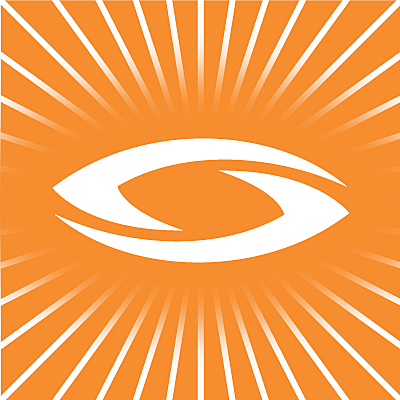Every time your smartphone gets more powerful, the SightCall platform does too. With the new iPhone 12 Pro and Pro Max models, Apple adds LiDAR technology that will improve photos and existing AR apps, as well as open more possibilities for the future of AR and remote visual support.
LiDAR stands for light detection and ranging, and the technology uses lasers to ping off objects and measure their rate of return. It’s a time-of-flight camera using the same technology as the front-facing true-depth camera used for Face ID but is much more powerful
LiDAR technology has been around for a while, and is commonly used in robotics, drones, and self-driving cars. But previously the technology was deemed too costly and bulky for mobile devices. Without LiDAR, most mobile devices use a pulse of light in a similar way, with far less accuracy. With Apple’s reign as a technology leader this addition will likely herald a new rush for wide adoption and pave the way for incredible applications.
LiDAR will immediately improve photos especially in low-light conditions, speeding up focus by up to six times. Improved image capture will make SightCall features like the Smart Optical Character Recognition even more powerful.
AR applications will also have instant benefits, enabling better mapping for placing of 3D objects and the ability to place virtual objects in more complicated environments or partially hide them behind real ones.
SightCall uses AR to overlay relevant information and add annotations and guidance to the screen. These features help remote experts communicate clearly on complex tasks and resolve problems with their customers or field technicians. As devices get better at placing AR objects, these annotations will become an even more powerful tool for remote guidance and collaboration. LiDAR will also increase the accuracy of AR Remote measurements, which allow users to record real-world measurements directly into a relevant case file.
With greater accuracy and a more powerful AR Toolkit, SightCall users will be able to expand their digital AR tools. As both AR and AI improve, the possibilities to automate instructions with guided steps to help resolve common issues becomes easier to implement.
To put it simply, the value is not in the technology itself, but in the service proposition that the technology enables. Beyond simply making our existing features more powerful, LiDAR opens up the possibility of new features and applications. With the ability to add 3D data to photos and videos and produce 3D scans of spaces, the visual assistance market, lead by SightCall, will expand the boundaries of self-guided and remotely guided customer experience.






